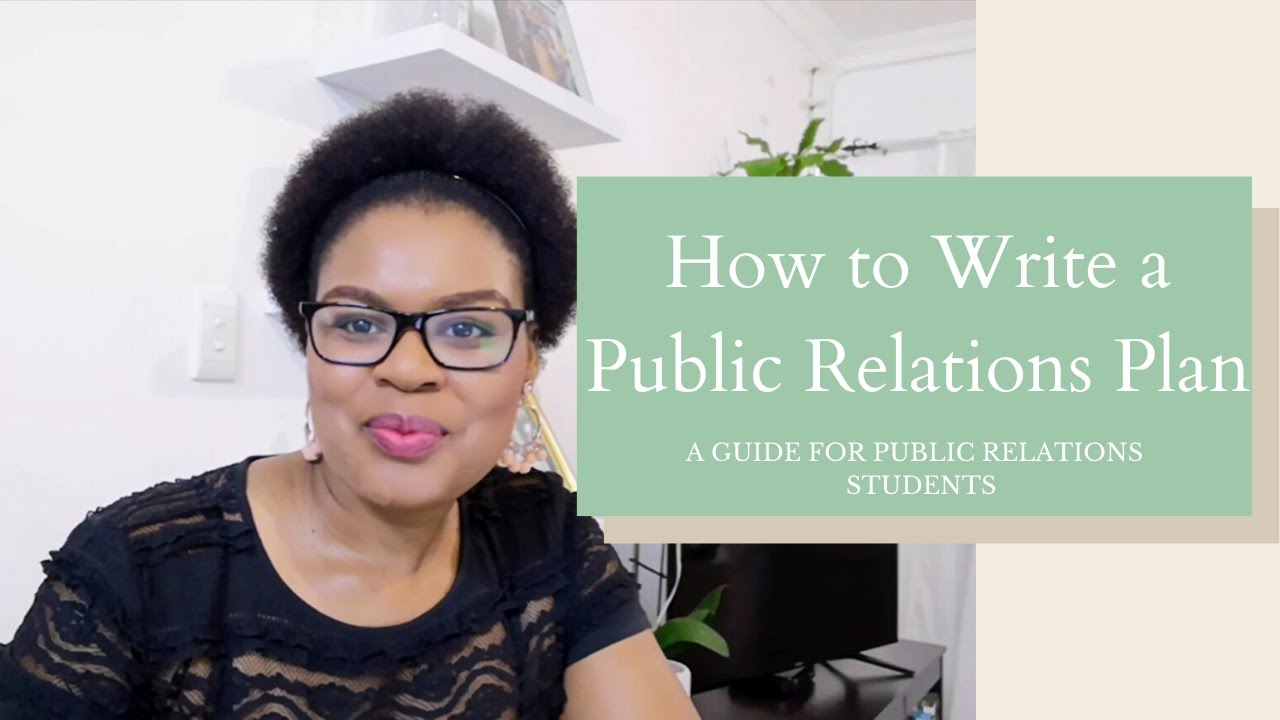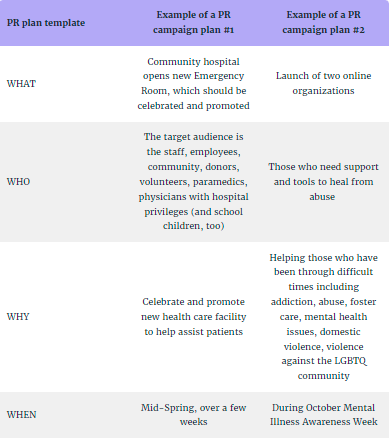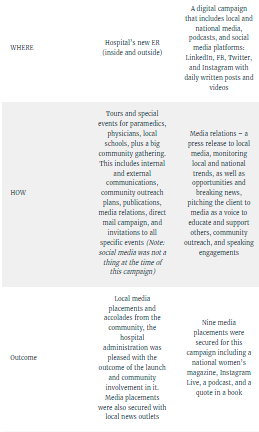A public relations plan, or PR plan, is a strategy for managing the public's opinion of a person or business.
This plan is often created by PR professionals within your corporation or by a public relations firm.
PR strategiesare occasionally employed when a prominent firm employee is discovered doing something unlawful when personal data is disclosed through a security breach, and in a variety of other scenarios where crisis managementis critical.
Most of the time, however, public relations is used to spread the word about your company's products or services and to assist you in forming a positive perception of your organization among your target audience and the general public.
The most important components of developing a successful public relations plan are determining who your target audience is, determining how toreach them, and addressing the issue at hand.

How to write a Public Relations plan
Why Use A Public Relations Plan Template?
Public relations may be considered old-school by some, yet it is still quite effective.
Why?
Press publicity may generate a lot of traffic and consumers. That is self-evident. But its worth does not end there. Having your work published in the correct publications may also lead to:
Creating a "halo" effect for your brand (or name). This demonstrates that you are an expert or a leader in your profession. As a result, there is greater trust... and more business.
Media placementshave a cascade effect, which means that publicity in one location typically leads to coverage in another.
And most of the time, when you gain publicity online, you'll get a hyperlink. That's wonderful for your SEO. (The amount of connecting domains is substantially connected with higher Google ranks.)
Important Questions About Modern Public Relation Plans
What’s Your Goal?
This is an important question to ask before using any company template or embarking on any related startup activity. And, in this situation, be extremely explicit about what you want to do. Don't only concentrate on individual incidents. Instead, consider the long term. Define what you want to achieve in the next several months. How many eventsare you planning? Think about the larger picture. And do so while being fully aware of your brand. Determine how you want it to be perceived and what you want to accomplish with and for it.
Who’s Your Target Audience?
Everything you're doing here is geared at a certain target. Be explicit about who you're attempting to reach. You're about to seize control of what should be a big market. The features of your audience are important in this regard.
As you learn more about their preferences and dislikes, the method for reaching out to them will become clearer. Many variables might influence changes in this area, therefore you must be as exact as possible in this area.
Which Channels Will You Be Using?
In relation to the previous question, identify the channels that your target audience is already utilizing. Furthermore, concentrate on those that your target audience respects and admires. Try to learn and connect with influencersand people who already have your audience's attention. Then, mark the paths you can take to get there. You want those voices to be ones that promote your brand or product profitably.
Consider your budget while narrowing down your alternatives. This should help you determine what works best for you in the short and medium-term.
What Will Your Content Be?
It's time to start thinking about the actual material you'll be employing. We understand that it must be promotional. But, more importantly, your audience should be able to interact with it. Consider involvement to be an important aim.
For consumers to fall in love with your brand, you must work hard to provide contentthat is enticing to them. Distribute educational content, as well as stuff that is both useful and actually fun to absorb. People who interact with you must first believe in your brand. Purchasing will be secondary to that.
Who’ll Be Doing What?
Now, plan ahead of time. As if in a chain, your prior steps become significant here. You may now move on to who will share your material now that you've established how it will be shared. Define the team responsible for all of the advertising.
Who will develop material for which channel? Consider whether they will require anything additional.
As previously noted, if you're employing influencers, someone will need to pitch your interested parties in order for them to promote your company. This will entail developing pitch materials and obtaining samples of what you desire in order to better lead prospective networks you're engaging. Someone, for example, should be in charge of your publication calendar. As you strive to adapt your publicity strategy into a current PR plan, there is a lot to coordinate here.
If you can, provide ways to visualize collaboration while you're at it. In this regard, self-reporting technologies are fantastic, allowing teams to be within close reach and vision of each collaborator's work while keeping an eye on deadlines.
Leverage A PR Plan Template (Example)
Looking for a basic (yet effective) public relations plan template to get you started? Jennifer McGinley, CEO of JLM Strategic Communications, has found the following to be effective:
As a public relations practitioner in healthcare and organizations for over 25 years, I've discovered that addressing the WHO, WHAT, WHERE, WHEN, WHY, and HOW questions are the greatest approach to get started on a PR strategy:
- WHO: Who is your intended audience, and who will be engaged in the implementation process?
- WHY: What is the ultimate objective and purpose, as well as the desired outcome?
- WHAT: Is this a one-time launch, event, celebration, anniversary, kick-off, or fundraiser? Create internal and external messages, as well as press*
- WHERE: Where will it take place? Online or offline? What are the social mediaplatforms? What's the current location? Is this a launch or an event? Where should the event or campaign be publicized? What are the media outletsthat will be targeted?
- WHEN: When is the event, launch, campaign, and so on?
- HOW: All logistics that must be worked out, as well as who is accountable for them.
The plan will take shape and make sense after this PR strategy templateis filled out, categorized, dates put to the calendar and charts, and those accountable for all tasks are identified. Examine the samples of public relations campaignstrategies provided below.
Conclusion
I hope this article has shown you that you don't need a complicated plan. And I think that it's sometimes best to just do it and learn as you go. If anything, your approach will most likely begin to take shape without your awareness. Working in two-week sprints may not be such a horrible idea after all.

